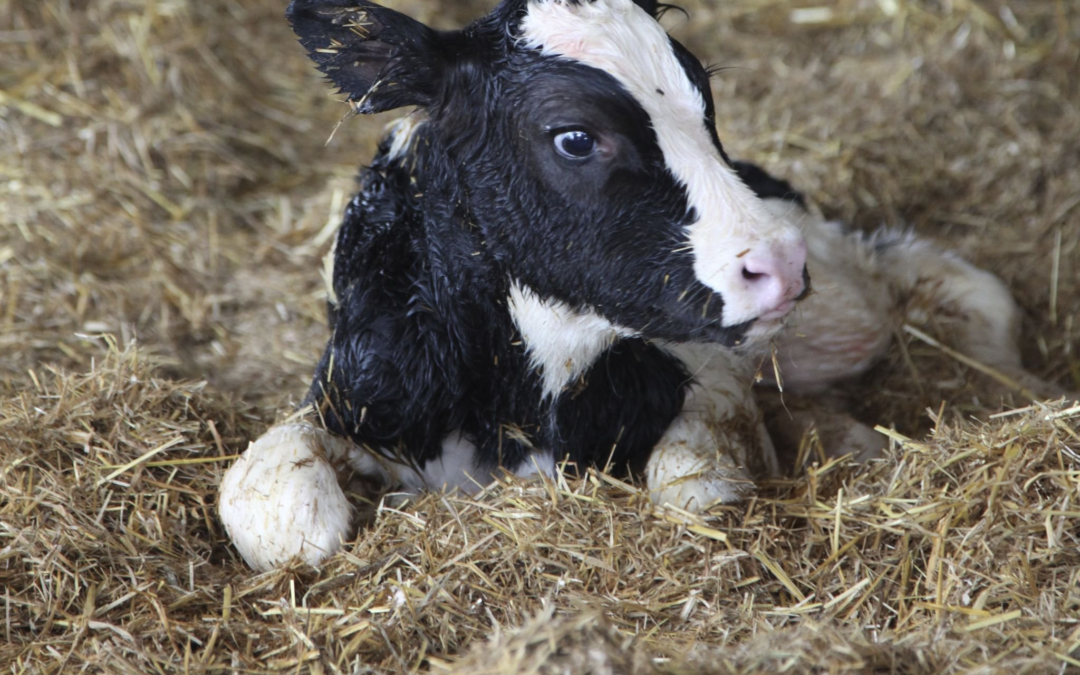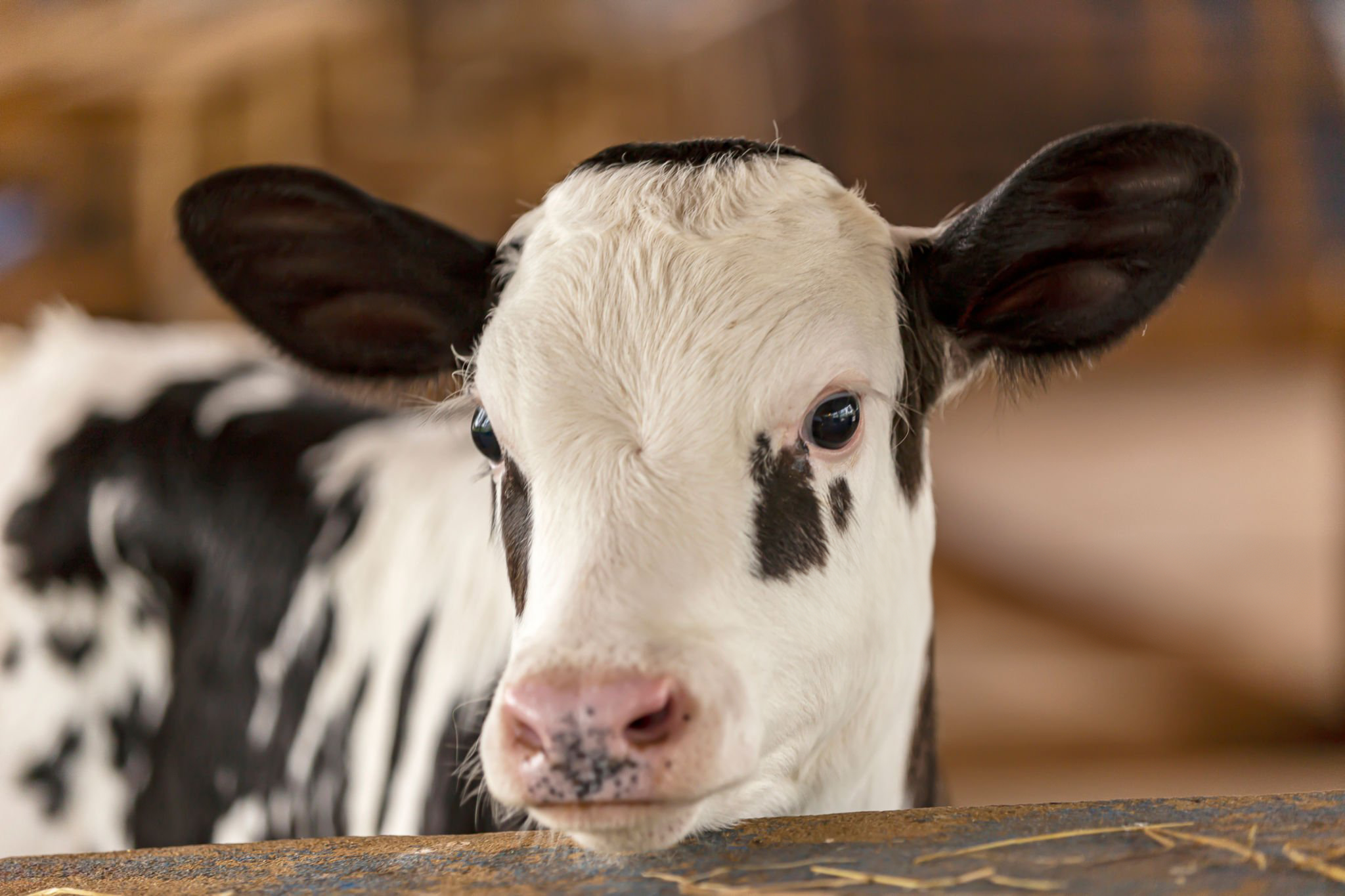5 rules of colostrum feeding to achieve liquid gold
The first few hours of the calf’s life are vital to its future productivity and resilience. Feeding good-quality colostrum at high volumes is key to kickstart their career. This is best achieved by understanding the five Qs of colostrum management:
Quality
Good quality colostrum is deemed >50g igG/litre of colostrum. Not all cows produce high quality colostrum. The average quality of cow’s colostrum is 41g/ litre. Easiest way to test, is using a refractometer taking a brix reading, read as a percentage, which allows anyone to test a sample before feeding. Colostrum with a reading above 22% can be used or stored, below 22% should be discarded.
Quantity
Ideally, we want 4 litres of quality colostrum as soon as possible after birth. The bigger the calf’s birthweight, the bigger the requirement of igG in the colostrum. Feeding 150 to 200g of igG shortly after birth is advised. If we assume colostrum quality to be 50g of igG, the calf needs 3-4 litres to provide enough igG, if more is available, then great. And the longer the colostrum sits around before being fed, the quality is then decreasing, so 4 litres as a minimum is best practice.
Quickly
This is related to two factors: 1) how quickly the dam is milked, and 2) how quickly the calf is fed. Milking the dam as soon as possible allows maximum igG availability to the calf, whereas if left more than two hours post calving, the igG content starts to decrease. A calf’s ability to absorb igG starts declining after birth. It is important to keep the calf in a clean environment, as the gastrointestinal tract of calves is open to bacteria, the gut begins to close, reducing the chances of maximum intake of the igG content in the milk. Which is why speed of calves being fed colostrum should be treated with a sense of urgency.
sQueaky clean
If a calf’s gut is susceptible to bacteria, the closure of the calf’s gut accelerates. Bacteria contamination can be picked up through many steps of colostrum management. If the dam is properly prepped, little contamination comes from the udder, emphasising that bacteria is likely to be picked up through collection of the colostrum and feeding equipment. When the calf is born, they don’t have an active immune system to fight off infection, so it’s important to feed clean colostrum quickly, as the bacteria population in milk doubles every 20 minutes! Easy changes such as washing equipment in boiling water, to kill the bugs, rather than just a rinse in cold water, will make an improvement.
Quantify
Quantification is the standard of PTI (Produce Traceability Initiative) expected on a farm. It’s a measurement of what is deemed full practice. This varies from farm to farm, but it allows everybody to understand the goals that are expected within the rearing system. Having a set plan of procedures, allows everybody involved to have a clear understanding of standards within the 5Qs, helping to eliminate bacteria and improve calf production.
Contact us
Refractometers used to test the BRIX of colostrum are available to purchase in our Massey Harpers Store, as well as SCCL colostrum which although is expensive, provides an immediate source of quality colostrum which can be at hand if a cow were to calf in the middle of the night with no access to colostrum. Speak to your Feed Specialist for more information.







